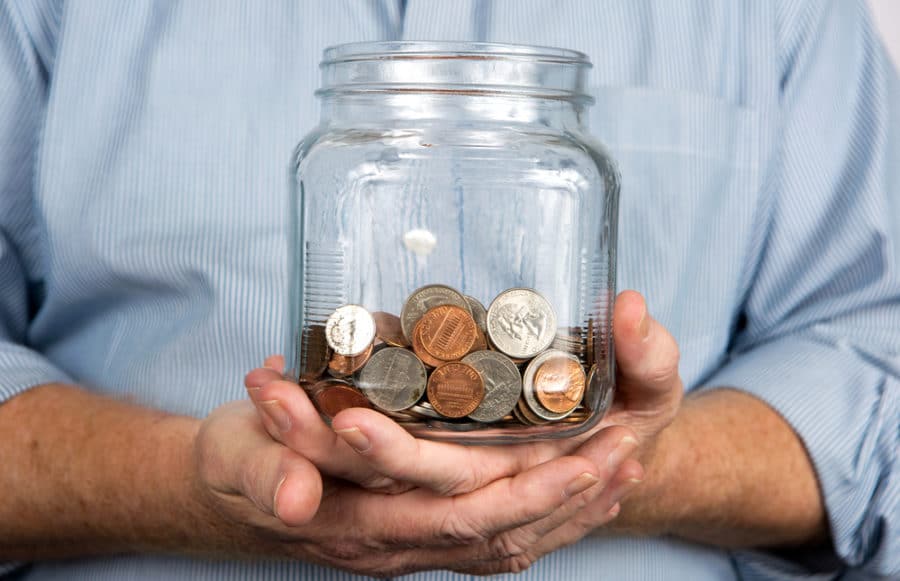As our country and the rest of the world begin to emerge from the devastation of the coronavirus pandemic, the full financial impact of the crisis is just starting to come to light. According to a survey from Clever’s COVID-19 Financial Impact Series, 61% of Americans say they will use all their emergency savings by year’s end. Some have already reached that point. Is that your situation?

What is a Emergency Savings
Many consumers feel that rebuilding an emergency fund can’t happen until they pay off debt, but there are steps you can take now to begin the process. A crisis is a good time to reevaluate your financial strategy. To assist you with that, we’ve put together a shortlist of to-do items. Follow this roadmap to getting yourself back on track.
Step #1: Create a new budget
An obvious step after spending your emergency funds is to cut back on expenses. This requires creating a new budget. Go back through each of the line items on your former budget and make cuts wherever possible. Takeout meals and dining out should be eliminated for the time being. Cutting back cable and internet packages also would help.
Step #2: Schedule budget review dates
In the future, try to reevaluate your budget regularly. The needs of today will not be the same tomorrow. Prices go up, income may fluctuate, and life can throw expensive curveballs. By scheduling an annual or quarterly budget review, you can make the adjustments necessary to compensate for these events, preventing a repeat of your current situation.
Step #3: Sell some of your stuff
Attics, basements, and garages are filled with junk that another person might value. It’s OK to have a yard sale or put your stuff on eBay. You might even find that you like doing it. A popular side hustle is picking up junk at flea markets and yard sales to resell online. The extra income you can earn doing that will help get your savings plan back on track.
Step #4: Find a side hustle
Selling your stuff is just one of many options available to make some extra cash on the side. Others include handyman services, dog walking, babysitting, and contract work on freelancer websites. Figure out what you’re good at and start a side hustle. Many folks have done this and turned their part-time activity into a full-time business.
Step #5: Contact your creditors
Those who suffered loss of income from COVID-19 should be able to get some relief from their creditors. Most credit card companies and banks put policies in place this year for folks in that position. Even if your problems are not COVID-related, contact your creditors to ask for reduced interest, easier payment plans, or settlement offers.
Step #6: Tap your retirement accounts
Mark this step as an absolute last resort. Times may seem tough now. Living through your golden years with no financial assets is much harder. If you need to, take a loan out against your 401(k) or withdraw the funds directly if you’re allowed to. Formulate a plan to replenish those funds by going back to Step No. 1.
The Bottom Line: There are options available
Watching the last few pennies come out of your emergency savings account is a traumatic experience. There’s a natural feeling of hopelessness attached to that. Fear not. Cut your expenses, sell some stuff, start a side hustle, contact your creditors, and tap your retirement funds if you must. You’ll be OK.
Kevin Flynn
Kevin is a former fintech coach and financial services professional. When not on the golf course, he can be found traveling with his wife or spending time with their eight wonderful grandchildren and two cats.
